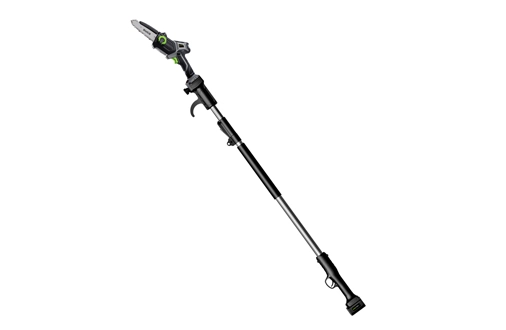Grafting Scissors: Perfect Integration of the Art, Science, and Techniques
In the hearts of horticulture enthusiasts and fruit farmers, grafting fruit trees is a crucial skill. It not only helps us improve varieties and enhance the quality of the fruits, but also increases the trees' resistance, enabling them to better adapt to various environmental conditions. Grafting is not an easy task; it requires a deep understanding of the growth habits of fruit trees, mastering the correct operational techniques, and having the appropriate grafting tools, such as grafting scissors, knives, candles, and alcohol. This article will detail methods of using grafting scissors for grafting fruit trees, hoping to provide reference for the majority of horticulture enthusiasts and fruit farmers.
What are Grafting and Grafting Scissors
We need to understand what grafting is. Grafting is the process of joining two different plant bodies together at the interface so that they grow together. In fruit tree grafting, common methods include branch grafting and bud grafting. Branch grafting uses the branch of one fruit tree as the scion and the rootstock of another fruit tree as the substrate; bud grafting uses a bud of one fruit tree as the scion and the plant of another fruit tree as the substrate. Grafting scissors are tools used for plant grafting operations, mainly used for cutting the scion and rootstock so that they can be properly combined together.
How to Use Grafting Scissors to Graft
First, we need to choose the right time. Grafting is best done in spring or autumn when the temperature is suitable and the fruit trees are actively growing, which is beneficial for the formation of new roots. We need to choose healthy rootstock and scion. The rootstock should be a healthy, pest-free plant, and the scion should be a branch or bud of a fruit tree with excellent varietal characteristics.
We need to prepare grafting tools. Common professional grafting tools include grafting scissors, knives, candles, and alcohol. When using a grafting knife, we need to ensure it is sharp to smoothly cut into the rootstock and scion. When using grafting scissors, we need to disinfect and clean them to prevent bacterial infection. When using candles and alcohol, we need to ensure they are clean and sterile to avoid affecting grafting results.
We can then start the grafting operation. We need to find a suitable position on the rootstock and then use grafting scissors to cut a notch in the rootstock. The depth of this notch should be moderate—deep enough to allow the scion to enter easily but not so deep as to damage the inner tissue of the rootstock. We insert the scion into the notch, ensuring that the cambium layers of the scion and rootstock are tightly aligned. We apply candle wax and alcohol at the junction to prevent bacterial invasion.
After grafting, we need to provide appropriate protection and management for the fruit tree. This includes regular watering, fertilizing, and pruning. We also need to regularly check the condition of the fruit tree. In short, a labor-saving, comfortable, and efficient grafting tool with stable performance, such as grafting scissors, not only can handle fruit tree grafting with ease but also meet various horticultural needs like pruning branches, shaping nurseries, and trimming flowers. SUCA grafting scissors just happen to possess these excellent features, making them adept at handling both fine branches and large branches with ease!



